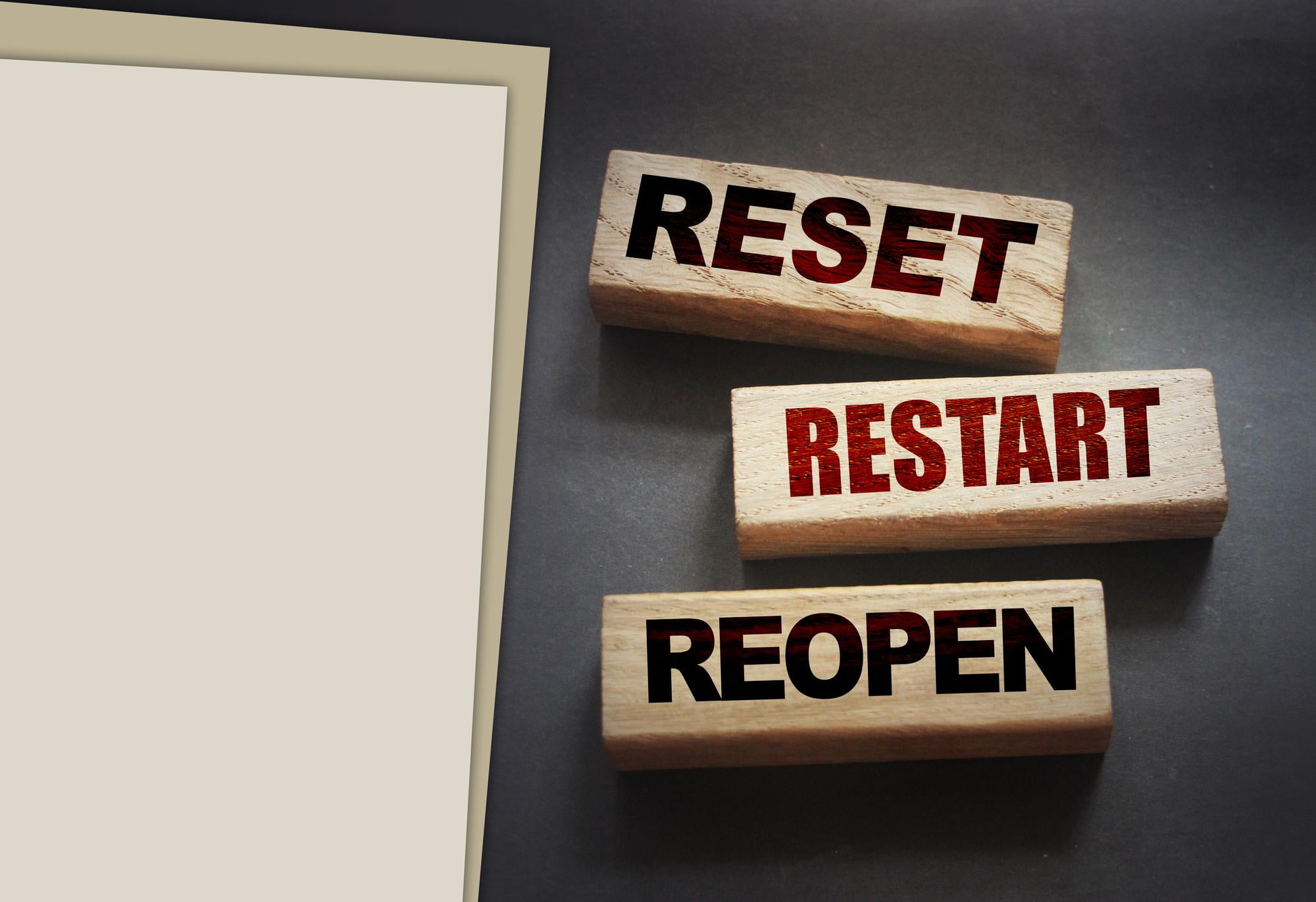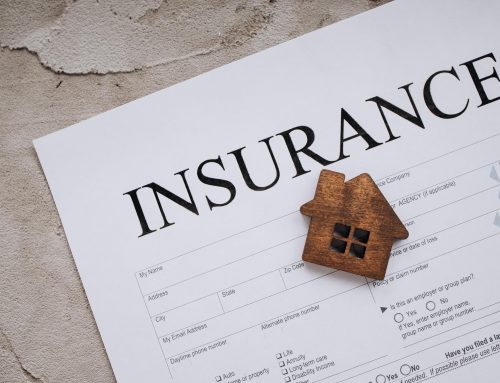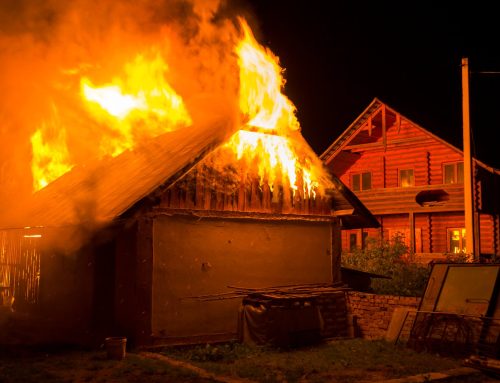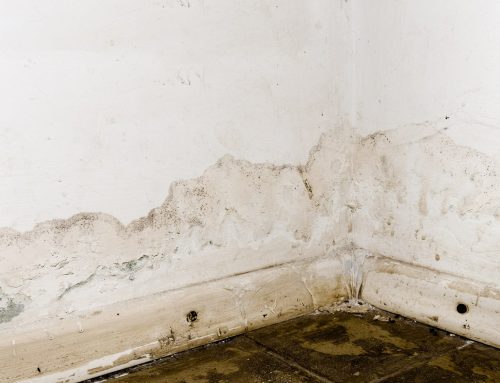Experiencing a fire incident in your business can be devastating, but it’s important to take immediate action to restore your premises and get back on track. In this guide, we will outline six essential steps to help you restore your business after a fire incident.
Step 1: Assess the Damage
After a fire incident, it’s crucial to assess the damage to your business premises. Hire a professional fire restoration service in [Location] to conduct a thorough inspection and provide you with a detailed assessment report. This report will help you understand the extent of the damage and guide you in the restoration process.
Step 2: Secure the Site
Once you have assessed the damage, it’s important to secure the site to prevent further damage or unauthorized access. Board up windows, install temporary fencing, and take necessary measures to protect your business premises from potential hazards.
Step 3: Contact Your Insurance Provider
Notify your insurance provider about the fire incident as soon as possible. They will guide you through the claims process and provide you with the necessary forms and documentation. Document all the damage and losses to support your insurance claim.
Step 4: Hire Professional Fire Restoration Services
Engage the services of a reputable fire restoration company in [Location] to handle the restoration process. They have the expertise, equipment, and experience to efficiently restore your business premises. Ensure that they are certified and have a track record of successful fire restorations.
Step 5: Clean and Restore
With the help of the fire restoration professionals, clean and restore your business premises. They will remove debris, soot, and smoke odor, and repair or replace any damaged structures. Ensure that the cleaning process is thorough to eliminate any potential health hazards.
Step 6: Test and Reopen
Before reopening your business, test all systems, including electrical, plumbing, and HVAC, to ensure they are in proper working condition. Conduct a final inspection to ensure everything is safe and meets the required standards. Finally, communicate with your customers and employees about the reopening date and any necessary changes.
Frequently Asked Questions
Q: How long does the fire restoration process take?
A: The duration of the fire restoration process varies depending on the extent of the damage. It can take anywhere from a few days to several weeks. A professional fire restoration company will provide you with an estimated timeline after assessing the damage.
Q: Can I handle the fire restoration process myself?
A: It is highly recommended to hire professional fire restoration services. They have the expertise, equipment, and knowledge to handle the restoration process efficiently and safely. Attempting to do it yourself may result in further damage or safety hazards.
Q: Will my insurance cover the fire restoration expenses?
A: Most insurance policies cover fire damage restoration expenses. However, it’s important to review your policy and consult with your insurance provider to understand the extent of coverage and any deductible or limitations that may apply.
Q: How can I prevent future fire incidents?
A: To prevent future fire incidents, ensure that your business premises have properly functioning smoke detectors, fire extinguishers, and fire suppression systems. Regularly inspect and maintain these systems, and educate your employees about fire safety protocols.
Q: Can the fire restoration process remove smoke odor completely?
A: Yes, professional fire restoration services have specialized equipment and techniques to remove smoke odor effectively. They will use ozone treatments, thermal fogging, and other methods to eliminate the lingering smell of smoke.
Q: How can I minimize business downtime during the restoration process?
A: Minimizing business downtime during the restoration process requires effective planning and communication. Work closely with the fire restoration company to establish a timeline and prioritize essential areas for restoration. Communicate with your customers and employees about any temporary closures or alternate arrangements.
